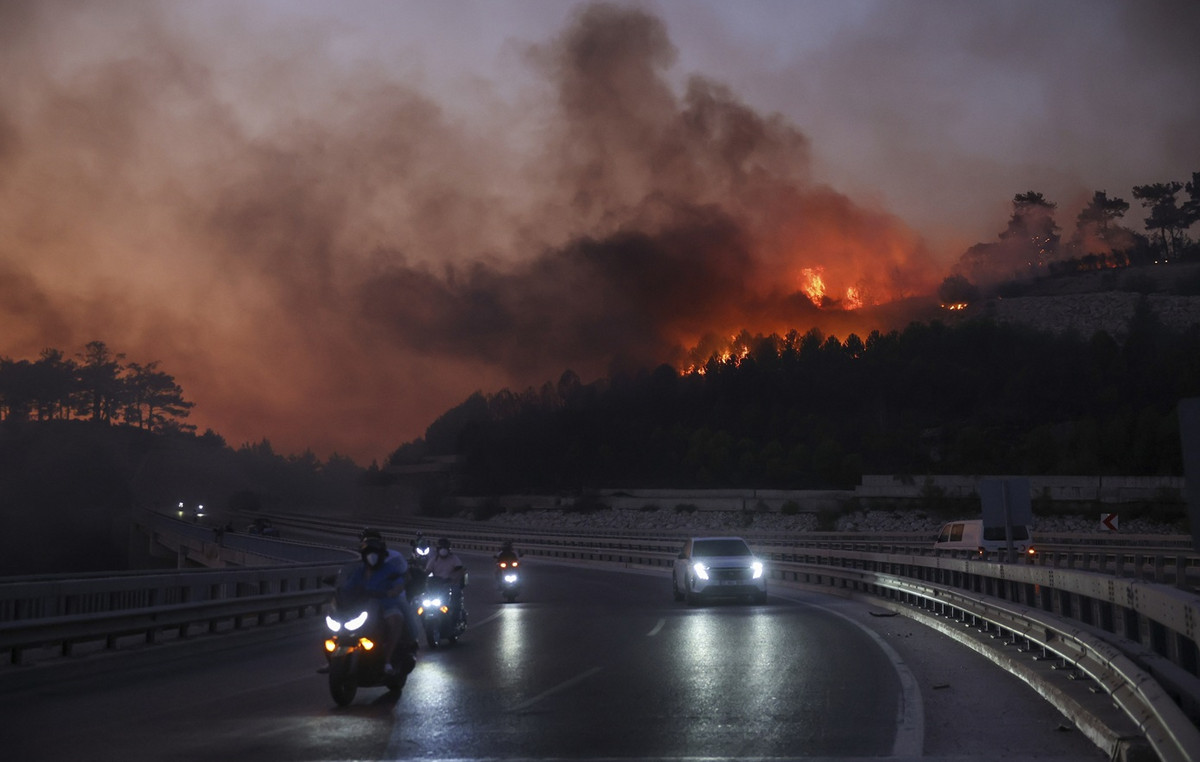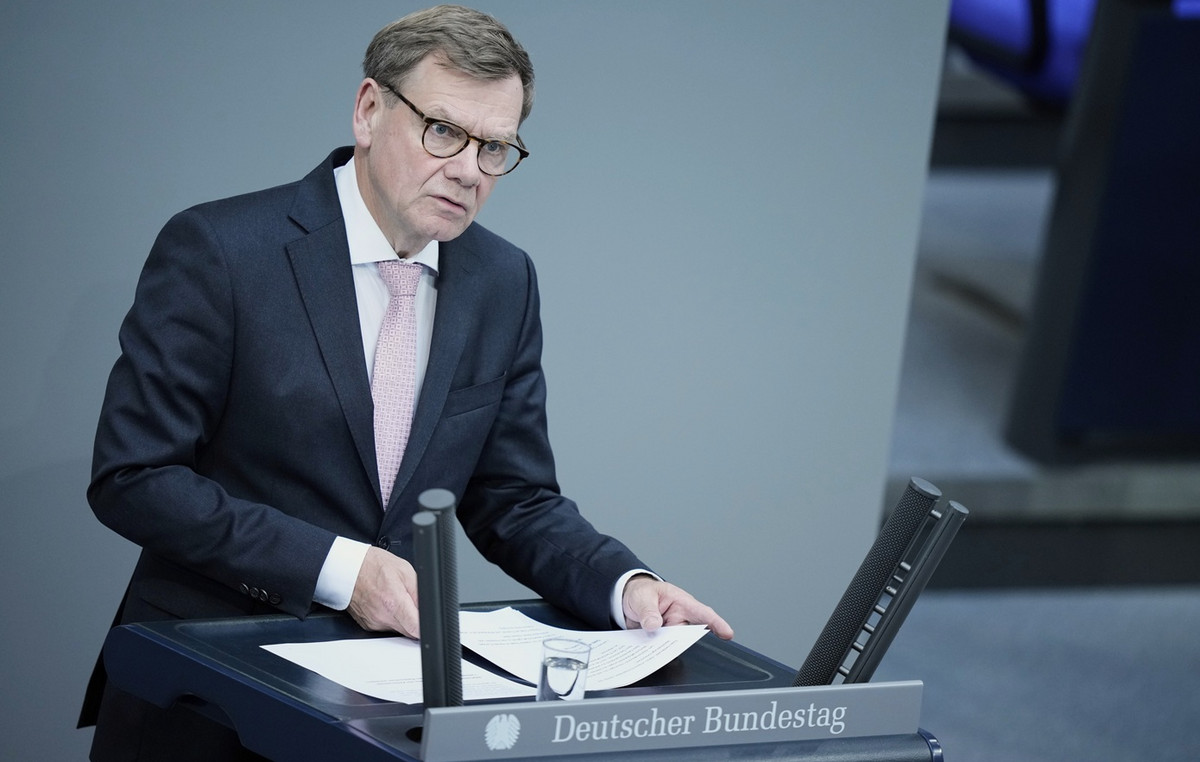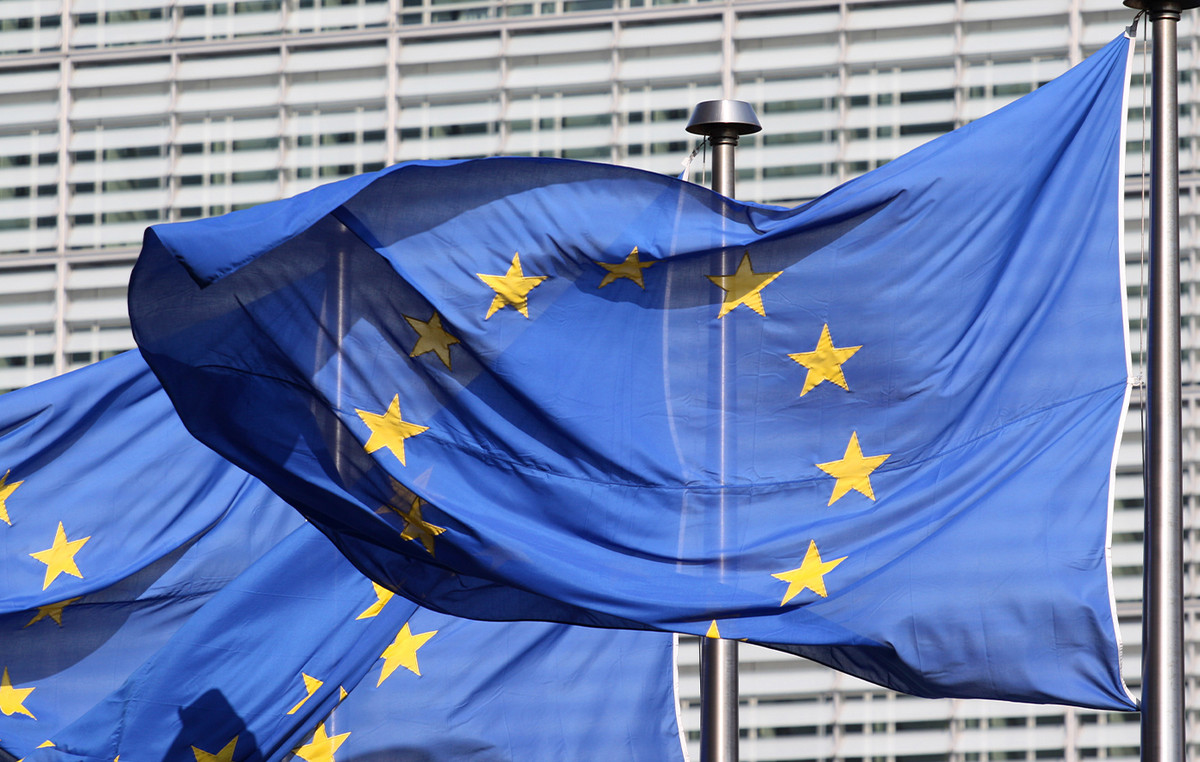National consumption of electricity in February was the highest in the historical series for the month since 2004, reaching 41,794 gigawatt-hours (GWh), an increase of 1.3% compared to the same month in 2021, reported the Empresa de Pesquisa Energética (Energy Research Company). EPE).
The reason, according to the autarchy, was the continued growth of consumption by the commercial class.
As for the contracting environment, the free market showed a 5.5% increase in consumption in the month, while the captive consumption of electricity distributors retracted by 1.1%.
In February, commercial class electricity consumption grew by 7.4% compared to the same month last year, reaching 7,985 GWh.
The rise follows the good performance of the services sector, which rose 9.5% in January, according to the Monthly Survey of Services by the Brazilian Institute of Geography and Statistics (IBGE).
Despite the increase in consumption, the value is lower than what was recorded before the Covid-19 pandemic in Brazil, in February 2019 (8,039 GWh), noted the EPE.
commercial class
All regions of the country had an increase in consumption by the commercial class in the month of February.
As in the previous month, the South (+11.3%) continues to lead the expansion, followed by the North (+11.9%), Southeast (+6.5%), Midwest (+4.7% ) and Northeast (+3.3%).
Among the States of the Federation, the highest rates of consumption of the class in the country occurred in Amazonas (+34.2%) and in Minas Gerais (+29.4%).
However, the biggest retraction was registered in Amapá (-15.8%).
Industry
Electricity consumption in industry, on the other hand, rose slightly, by 0.1%, indicating stability in relation to February 2020.
Even so, it registers the highest consumption for the month of the last six years, with 14,354 GWh.
The South region (+4.3%) increased its consumption the most in the period, while the Northeast (+0.4%) and Central-West (+0.3%) grew only marginally.
The North (-4.6%) and Southeast (-0.9%) presented retraction. Alagoas (+58.2%) has again the highest expansion rate, still an effect of the gradual resumption in 2021 of chlor-alkali production in the state.
The behavior of the ten most electro-intensive segments of the industry was divided: half of the segments increased consumption, while the other half retracted.
Food products (+119 GWh; +6.5%) saw the biggest expansion; followed by pulp and paper (+99 GWh; +14.2%), which increased consumption in the SIN, mainly due to the scheduled shutdown at a plant in the south of the country; and chemical products (+69 GWh; +4.6%), with emphasis on chlor-alkali in Alagoas.
The textile products segment registered the biggest drop (-43 GWh; -7.9%); followed by the extraction of metallic minerals (-27 GWh; -2.9%), following the fall in the international price of iron ore; and automotive (-26 GWh; -4.9%), still impacted by the semiconductor crisis and the removal of employees from the assembly line due to the Ômicron variant at the beginning of the year.
The results of exports in February show the contribution to the behavior of electricity consumption in industry.
The Foreign Trade Secretariat (Secex) pointed to beef (+81.8%) and soybean meal and other animal feed (+40.5%) among the products with expansion in exports. Meanwhile, iron ore (-43.9%) and aluminum (-88.4%) fell.
residences
In homes, electricity consumption rose 1.6% in February, after four consecutive declines, reaching 13,022 GWh.
The hotter and drier climate in the South (+11.3%), as a result of the La Niña phenomenon, contributed to the increase in consumption in the class.
The North (+3.4%) and Midwest (+3.3%) regions also showed growth in consumption, although to a lesser extent than in the South.
Higher temperatures and lower rainfall in some states in these regions contributed to the behavior of consumption.
However, the Northeast (-1.7%) and Southeast (-0.8%) regions registered a decrease. Amazonas (+21.1%), Roraima (+16.9%), Santa Catarina (+14.7%), Mato Grosso do Sul (+10.7%), Paraná (+10.0%) and Rio Grande do Sul (+9.8%) were the states that most stood out in terms of consumption growth. On the other hand, Amapá (-35.8%), Ceará (-6.4%), Rio Grande do Norte (-5.7%) and Acre (-4.9%) registered the biggest drops in consumption.
In Amapá, there were floods as a result of heavy rains and temperatures were milder in the period, which influenced the sharp drop in consumption in the state.
Source: CNN Brasil
I am Sophia william, author of World Stock Market. I have a degree in journalism from the University of Missouri and I have worked as a reporter for several news websites. I have a passion for writing and informing people about the latest news and events happening in the world. I strive to be accurate and unbiased in my reporting, and I hope to provide readers with valuable information that they can use to make informed decisions.







